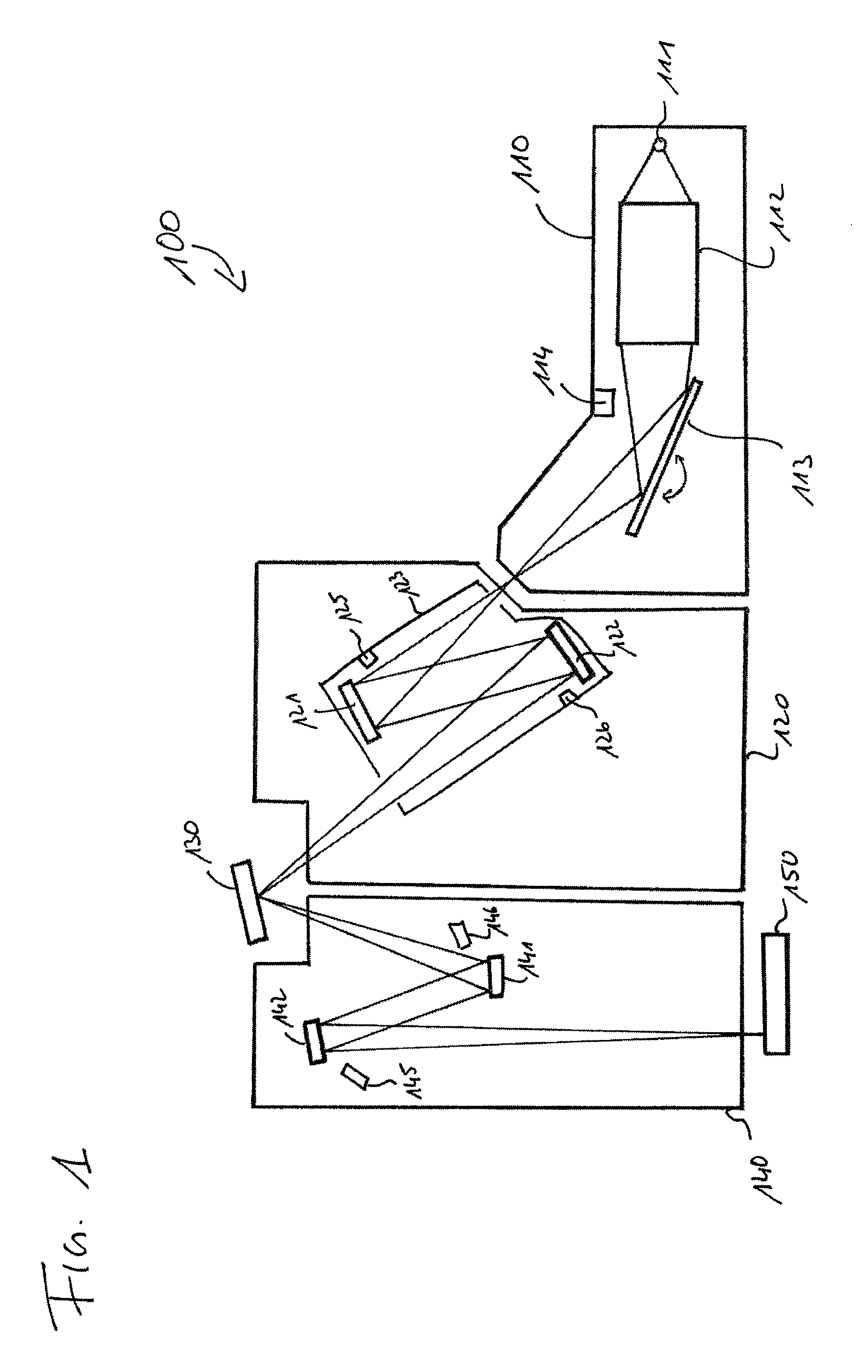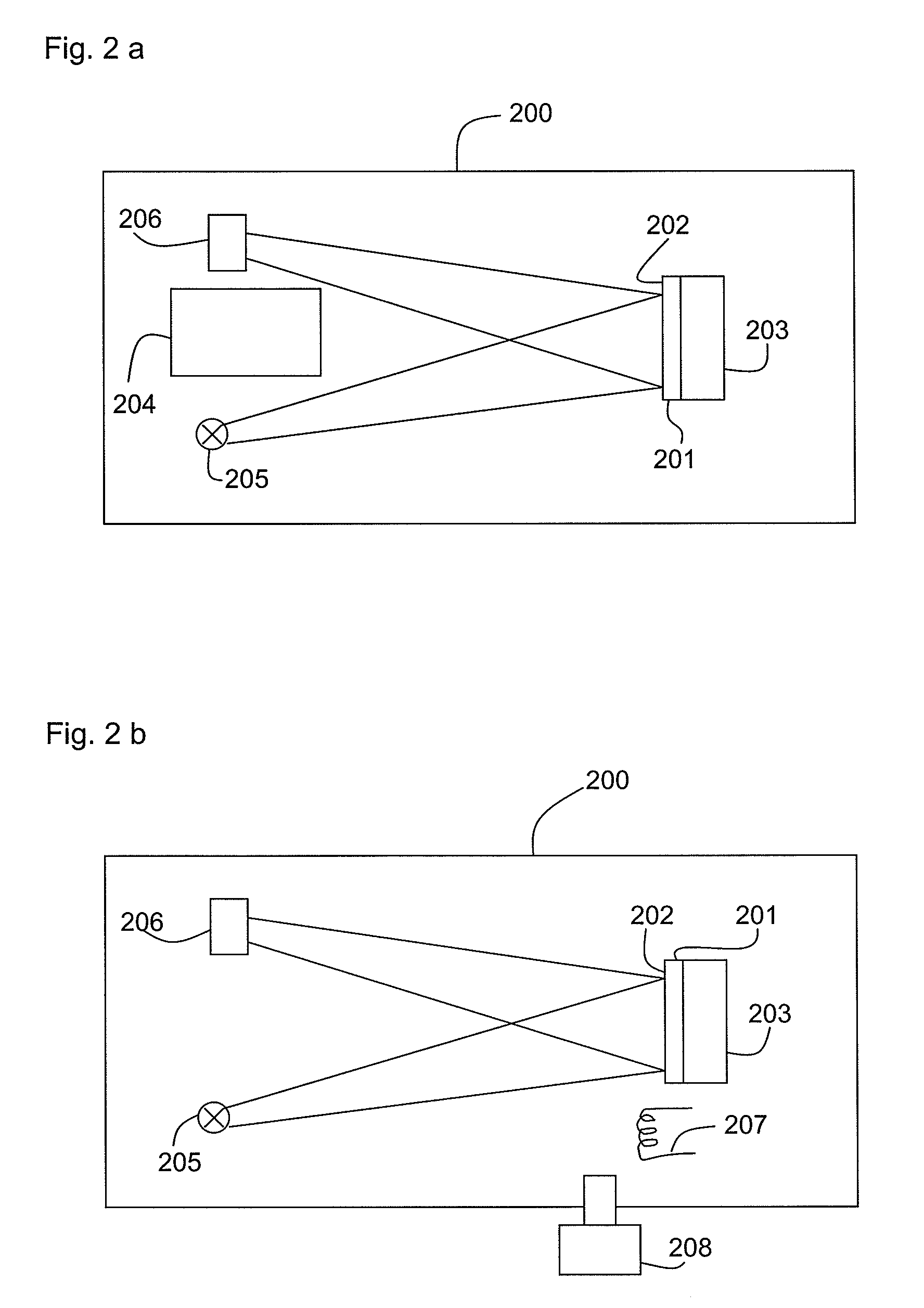Method and system for removing contaminants from a surface
- Summary
- Abstract
- Description
- Claims
- Application Information
AI Technical Summary
Benefits of technology
Problems solved by technology
Method used
Image
Examples
example 1
[0049]A molybdenum / silicon multilayer mirror with a capping system with a silicon nitride layer and a ruthenium layer has been heated to around 55° C. to 60° C. during 2.5 hours while atomic hydrogen was injected at a pressure of ca. 0.03 Torr at a flow of 1000 sccm and passing a hot filament of a temperature of ca. 1800° C., and a cleaning rate of 1.2 Å / h was achieved.
example 2
[0050]A molybdenum carbide / silicon multilayer mirror with barrier layers of silicon boride has been heated to around 100° C. during 2.5 hours while atomic deuterium was injected at a pressure of ca. 0.03 Torr at a flow of 1000 sccm and passing a hot filament of a temperature of ca. 2000° C., and a cleaning rate of 3.5 Å / h was achieved.
example 3
[0051]A molybdenum / beryllium multilayer mirror with barrier layers of boron carbide and with a rhodium capping layer has been heated to around 200° C. during 2 hours while atomic hydrogen was injected at a pressure of ca. 0.03 Torr at a flow of 2000 sccm and passing a hot filament of a temperature of ca. 2000° C., and a cleaning rate of 13 Å / h was achieved.
PUM
| Property | Measurement | Unit |
|---|---|---|
| Temperature | aaaaa | aaaaa |
| Temperature | aaaaa | aaaaa |
| Pressure | aaaaa | aaaaa |
Abstract
Description
Claims
Application Information
 Login to View More
Login to View More - R&D
- Intellectual Property
- Life Sciences
- Materials
- Tech Scout
- Unparalleled Data Quality
- Higher Quality Content
- 60% Fewer Hallucinations
Browse by: Latest US Patents, China's latest patents, Technical Efficacy Thesaurus, Application Domain, Technology Topic, Popular Technical Reports.
© 2025 PatSnap. All rights reserved.Legal|Privacy policy|Modern Slavery Act Transparency Statement|Sitemap|About US| Contact US: help@patsnap.com



